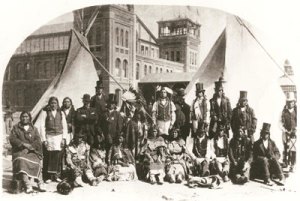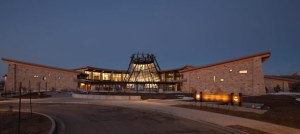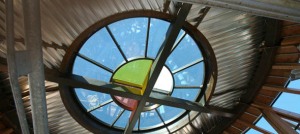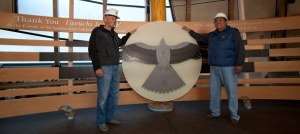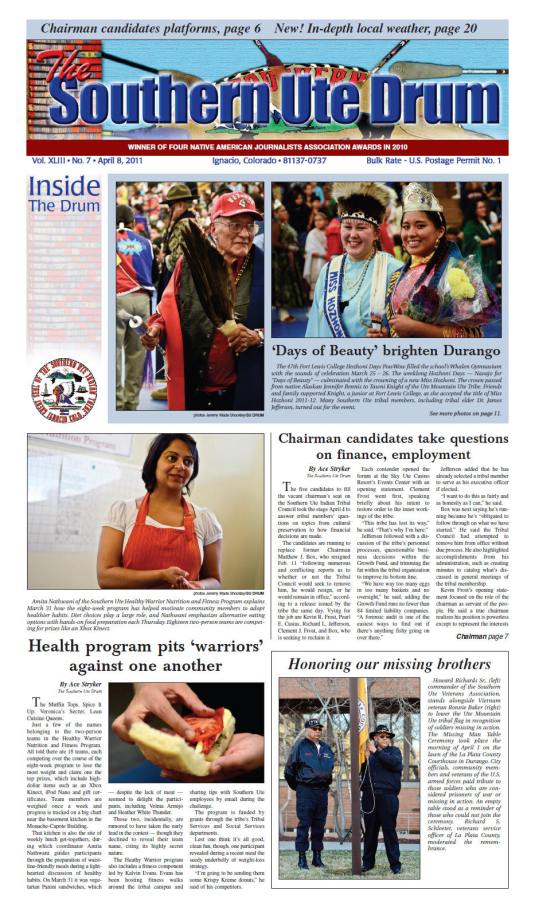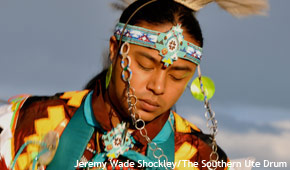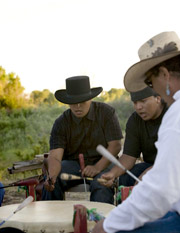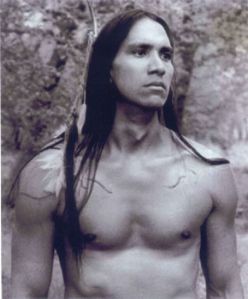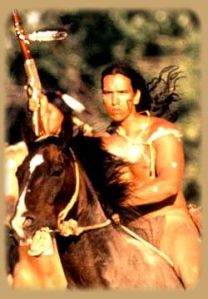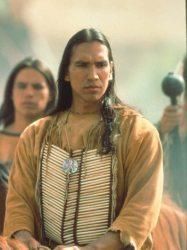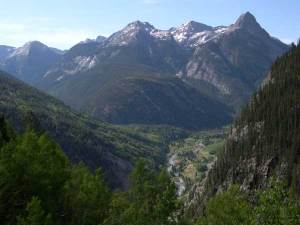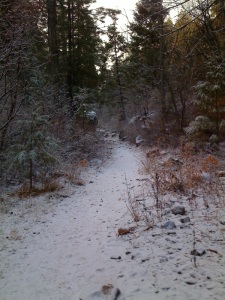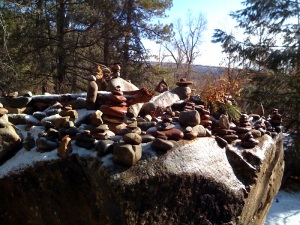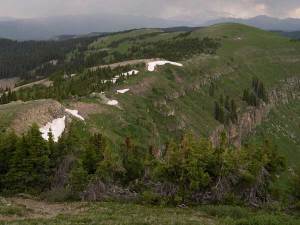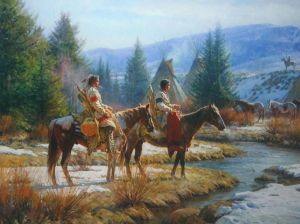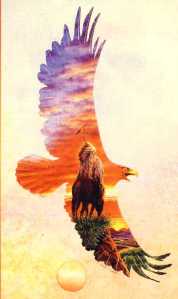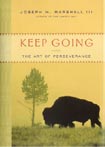So while we’re on the topic of hot Natives, I found another one for you. Jay Tavare! And he is something. Not only is he gorgeous, has a hot bod and can act, he also did his own Emmy nominated stunt on CSI Miami – jumping out of a 23rd story building in 200 foot free fall! Not me. No thanks.
Jay is Apache, Navajo and Latin. And a nice mix of it to be sure. He is 5’11”, has hazel eyes and black hair – and lots of muscle. His favorite meal is breakfast and his favorite colors are red, black and tan. Jay believes that one way we can all help the environment – and save trees – is to stop requesting useless ATM print-outs. Such a small thing, but done by many would make a HUGE difference.
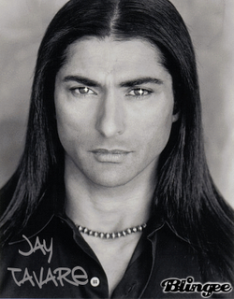 Where can you see Jay – besides here in my journal?
Where can you see Jay – besides here in my journal?
Movie and TV Appearances:
- Cold Mountain
- The Missing
- CSI Miami
- Into the West – one of my favorites!
- Vatos Locos
- Pathfinder
- El Padrino
- Among others . . .
Jay has also been on the covers of Cosmopolitan, GQ, Vogue and Vanity Fair. He’s been featured in articles in The Hollywood Reporter, Entertainment Weekly, LA Confidential – and my personal favorite – Cowboys and Indians.
Jay lives in Los Angeles and writes screenplays and non-fiction magazine articles in his spare time. He’s 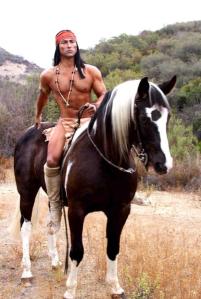 also a sought after speaker for a variety of subjects including American Indian history, diet and nutrition, and health and fitness.
also a sought after speaker for a variety of subjects including American Indian history, diet and nutrition, and health and fitness.
Jay is a humanitarian and a dog lover. Jay supports the Adopt-an-Elder program by having adopted several Navajo elders and a Navajo family, providing desperately needed food and clothing to those in need. He’s also actively involved in Samoyed and Wolfdog rescue, owning a Samoyed of his own.
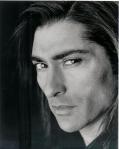 Check out more about Jay on his website at http://jaytavare.com/
Check out more about Jay on his website at http://jaytavare.com/

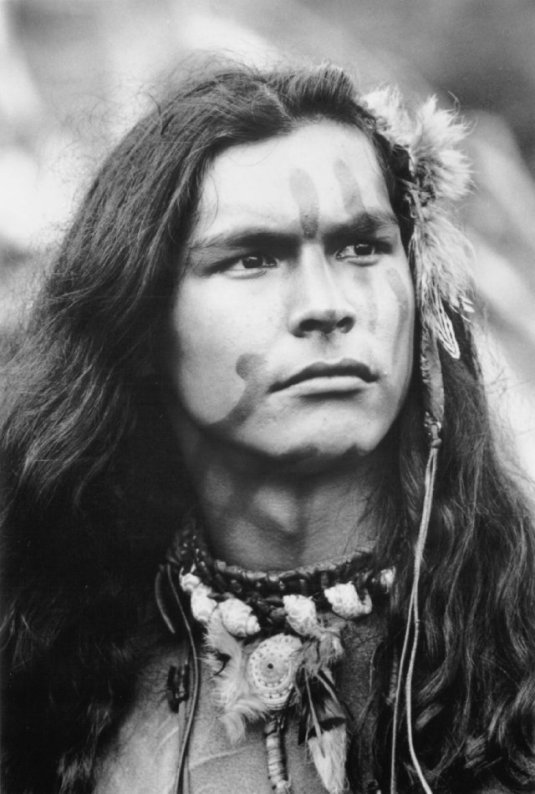
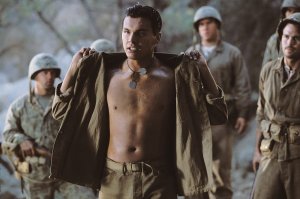
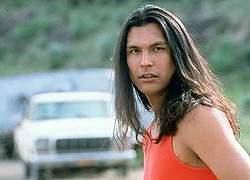
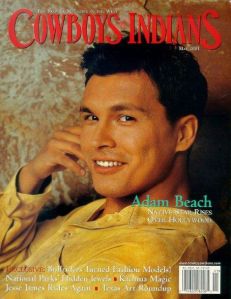
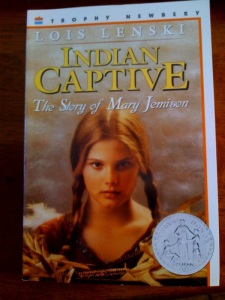
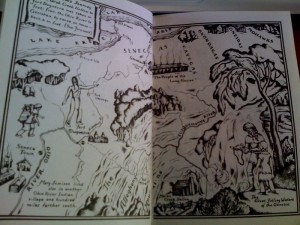









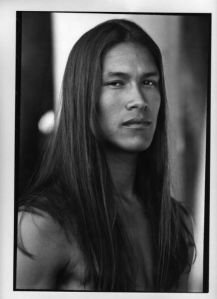
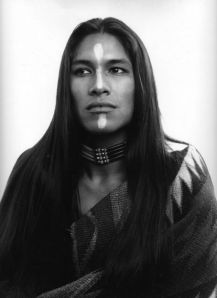
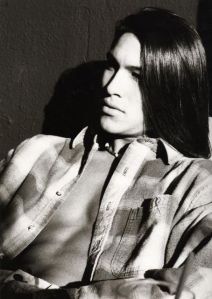
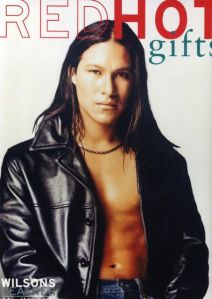 http://www.rickmora.com
http://www.rickmora.com